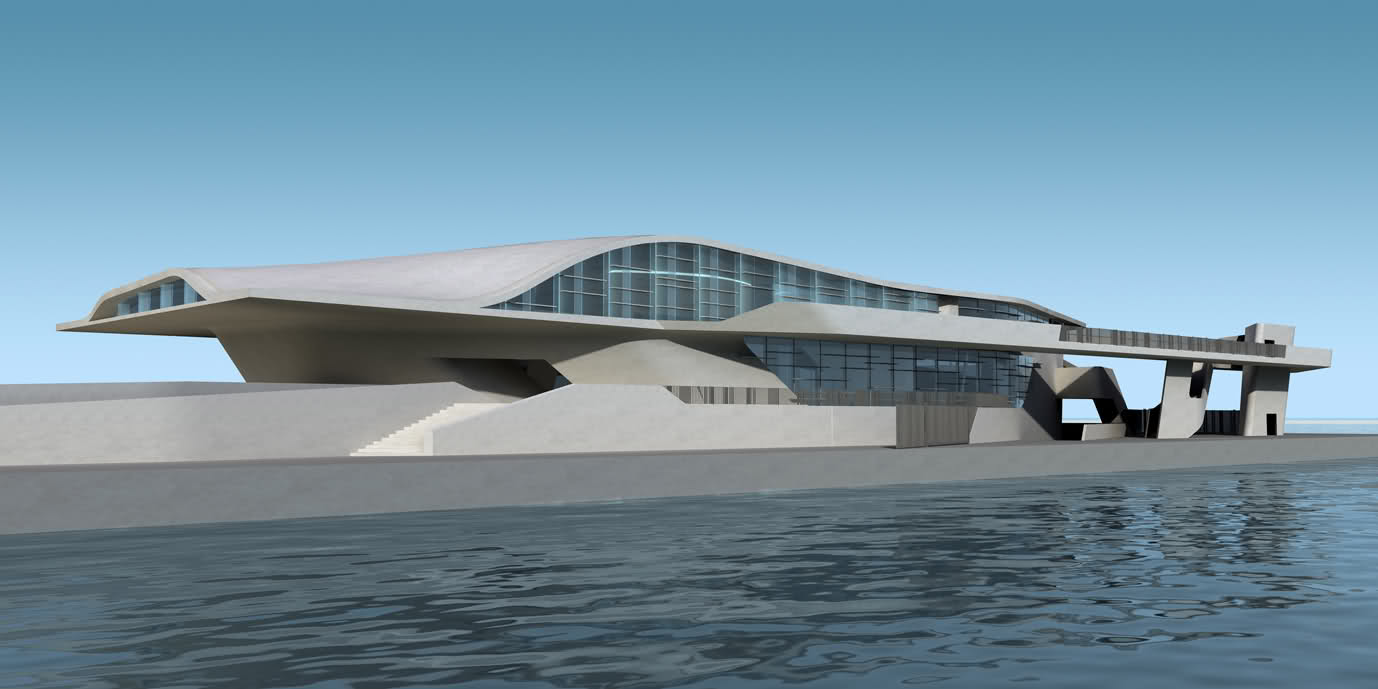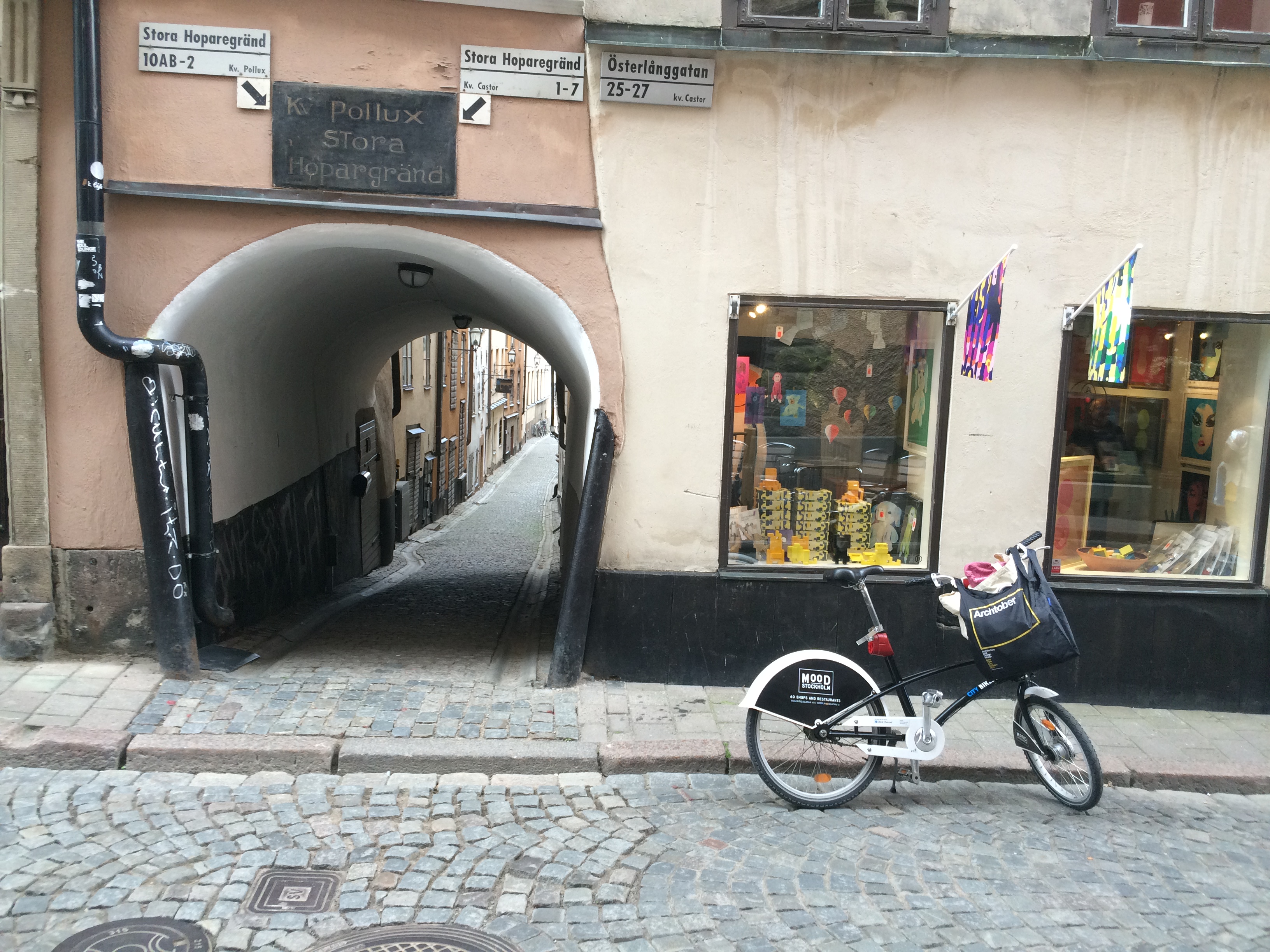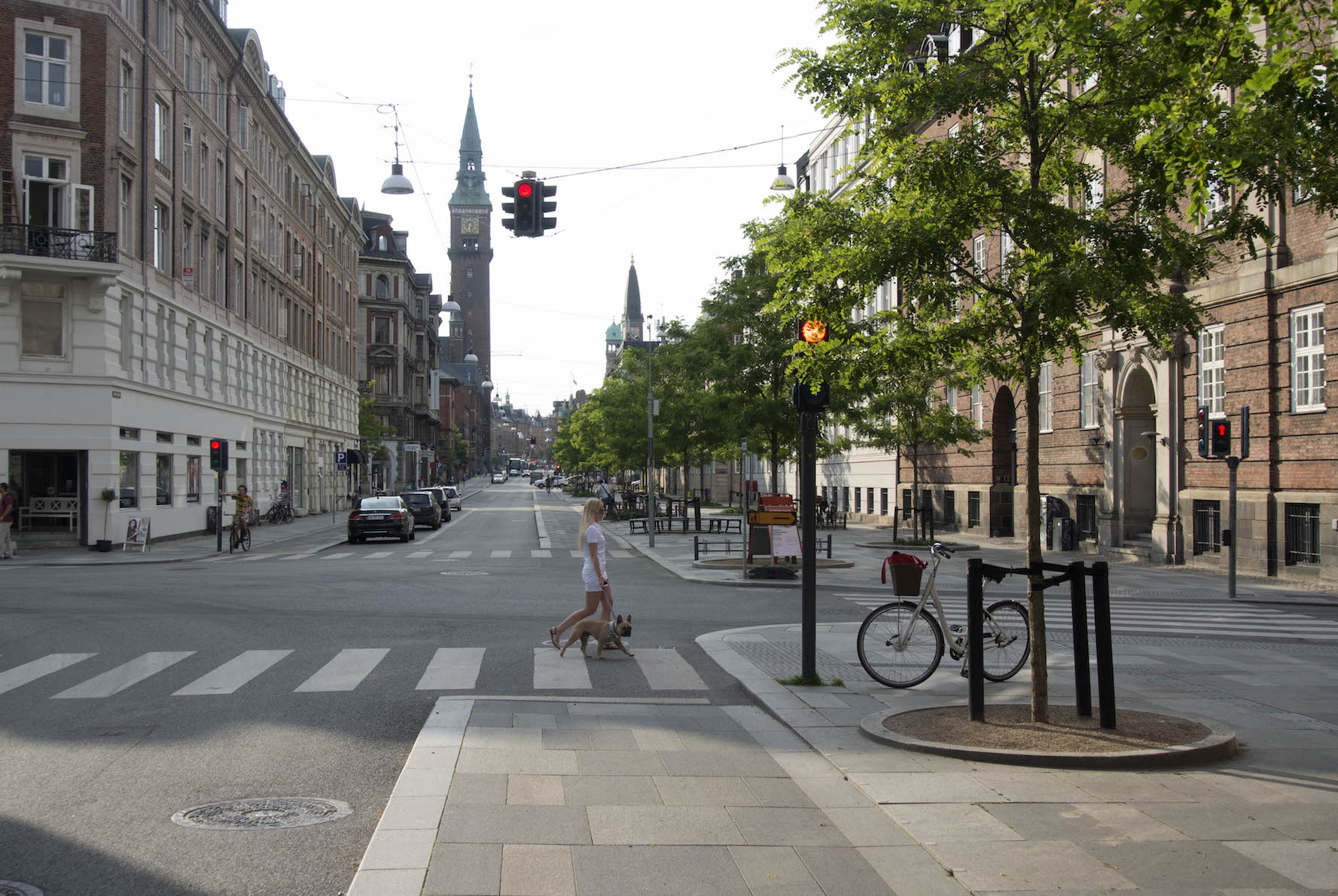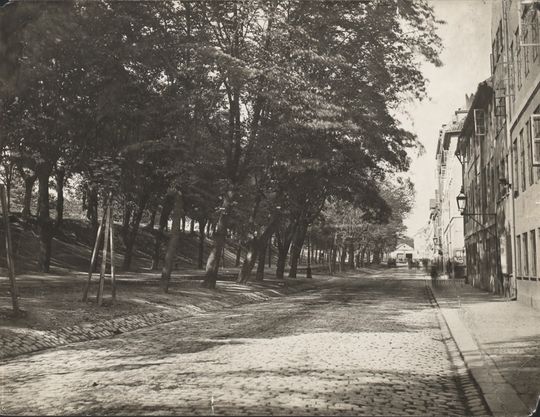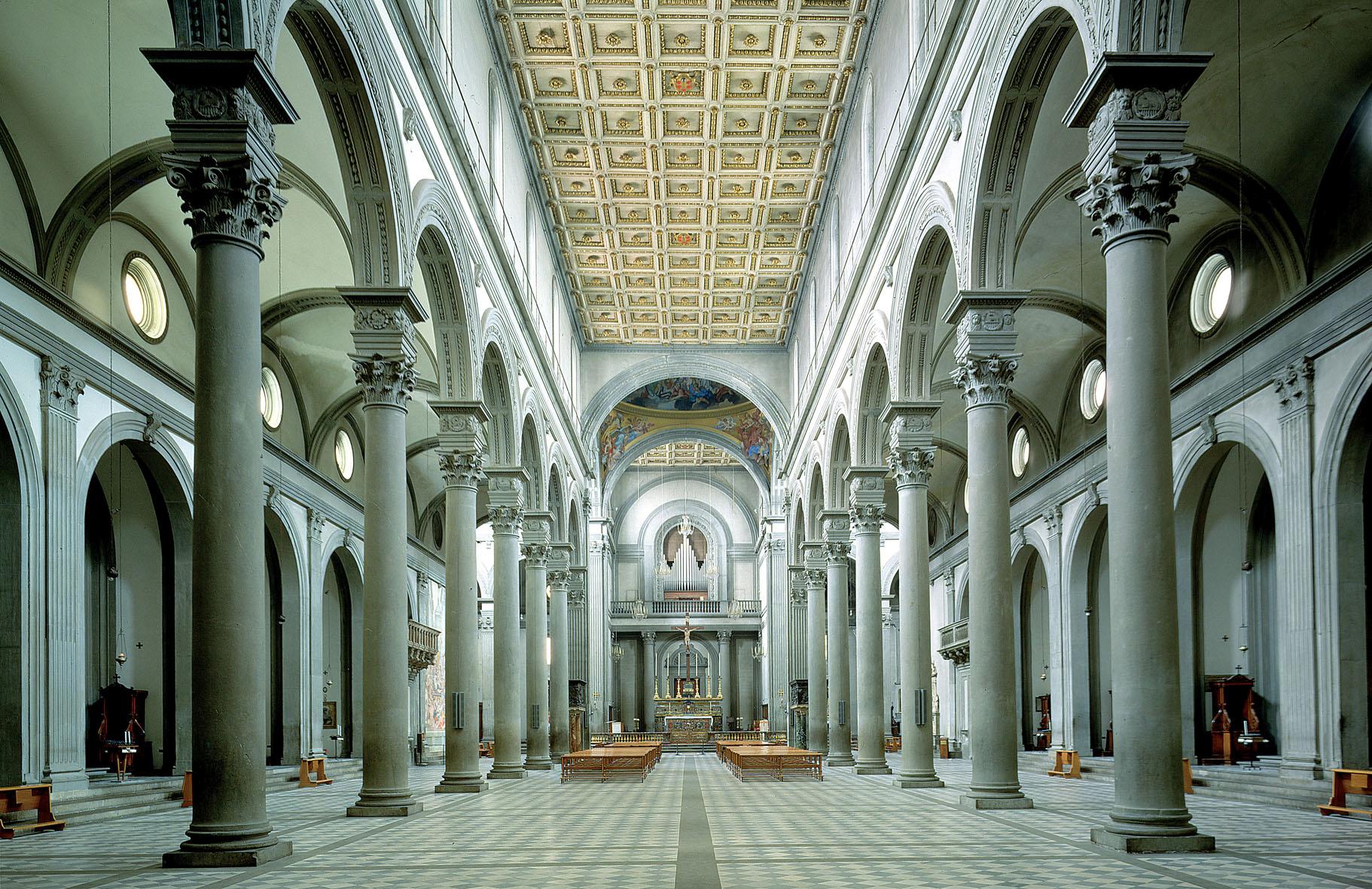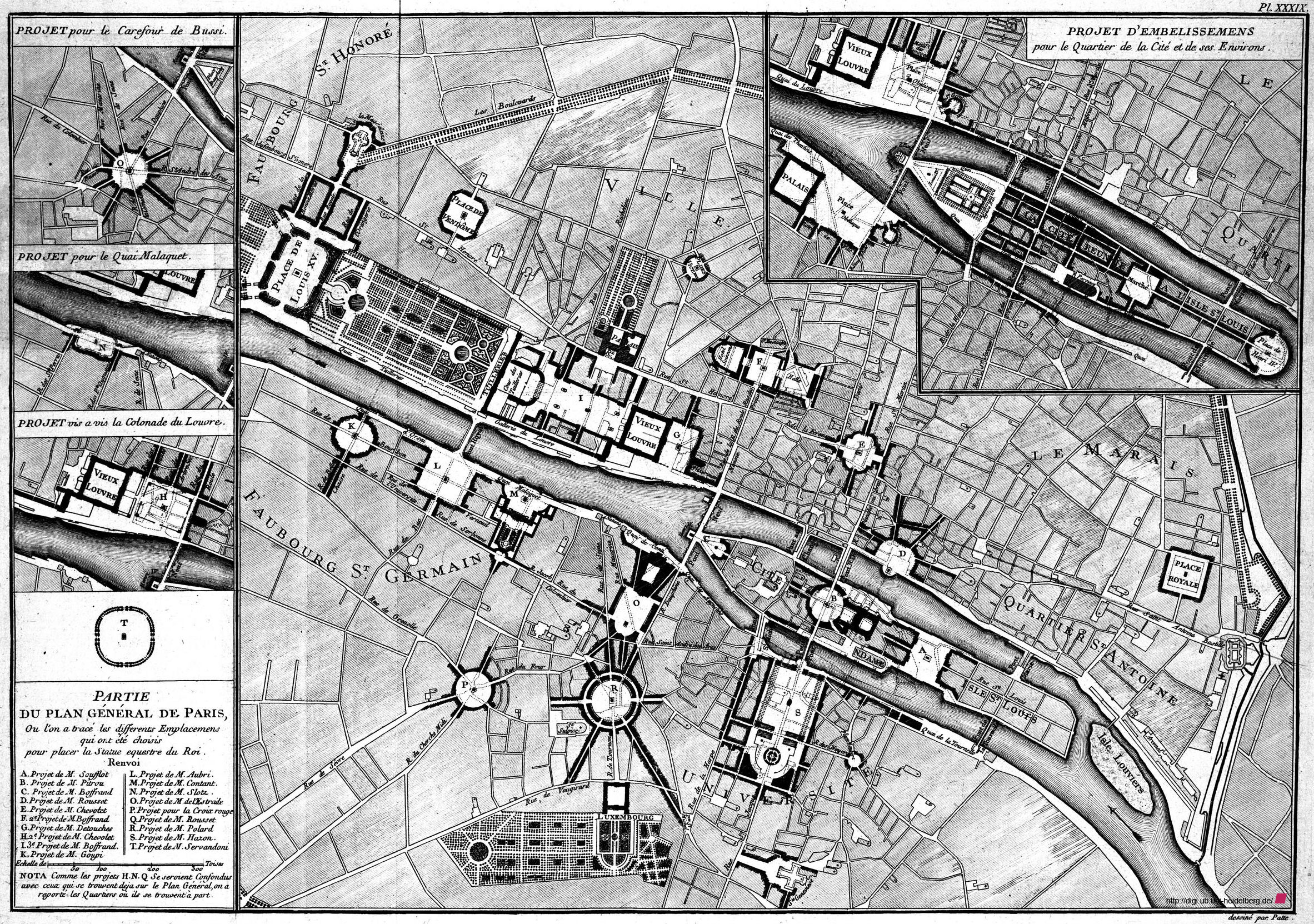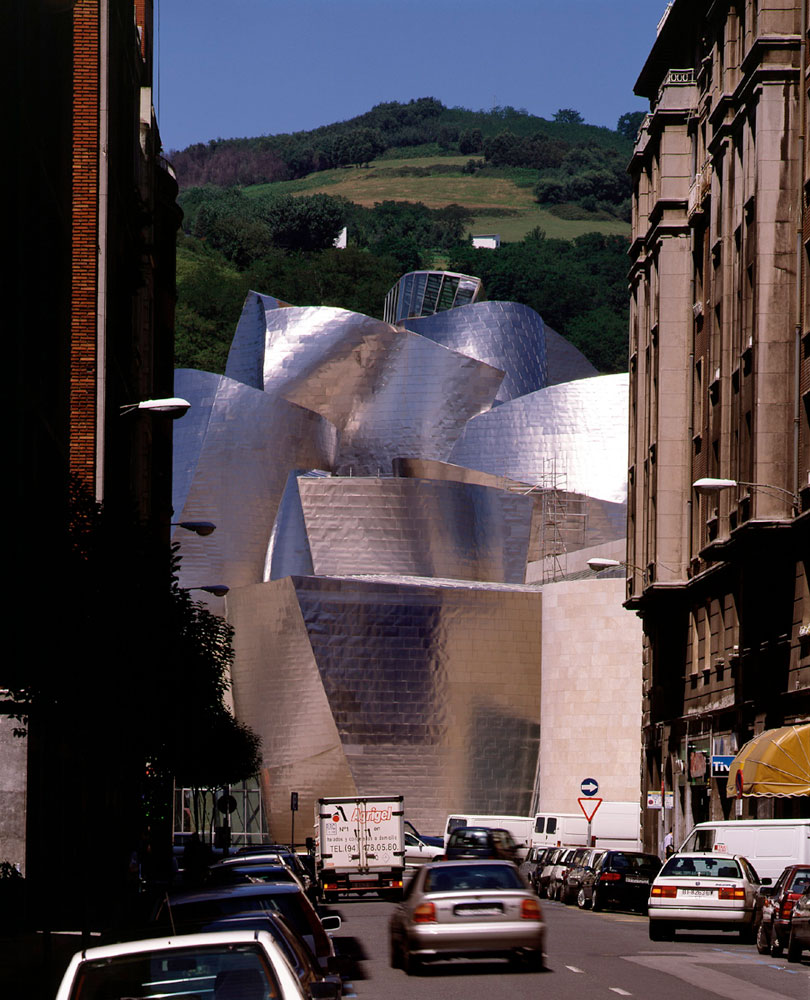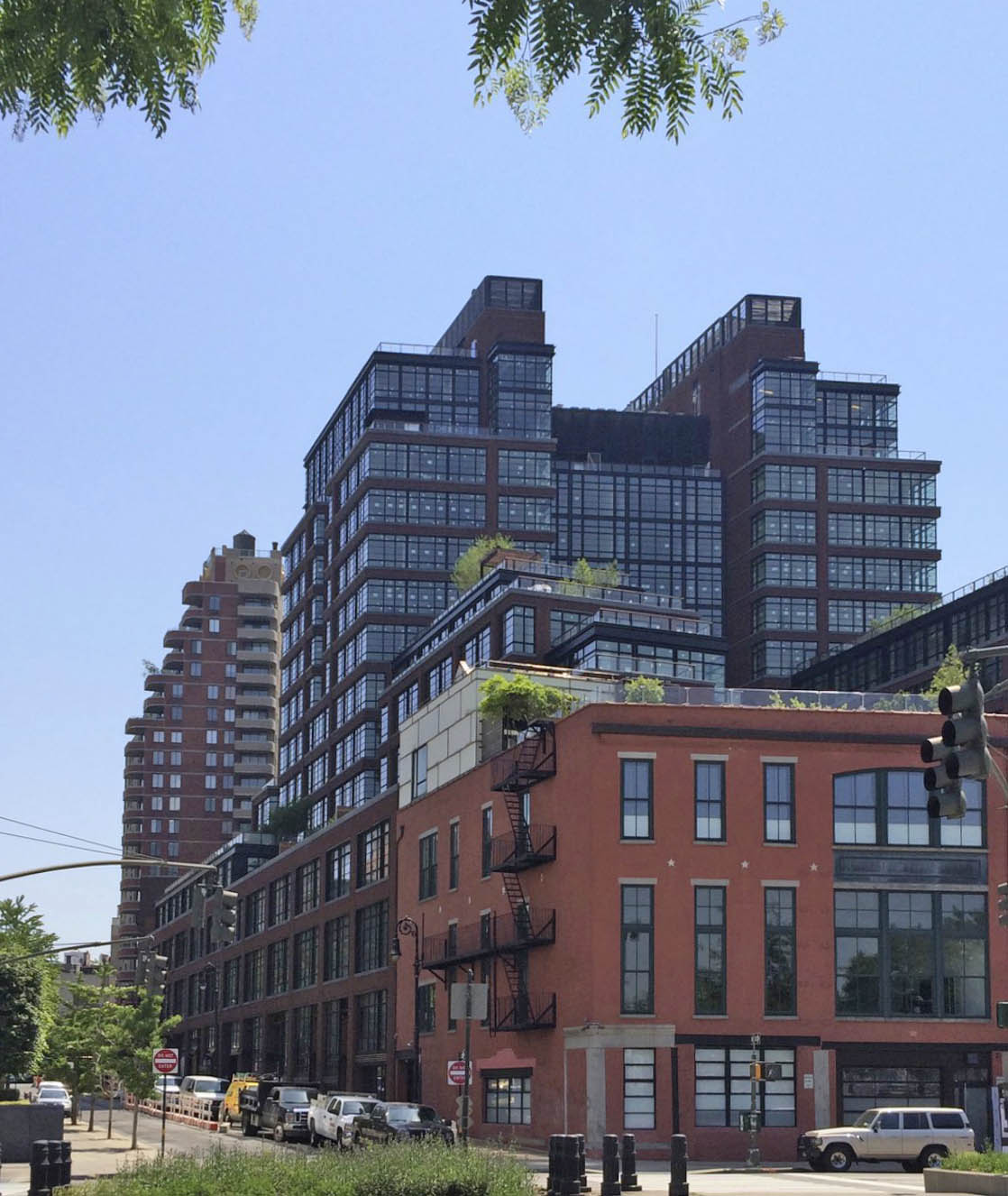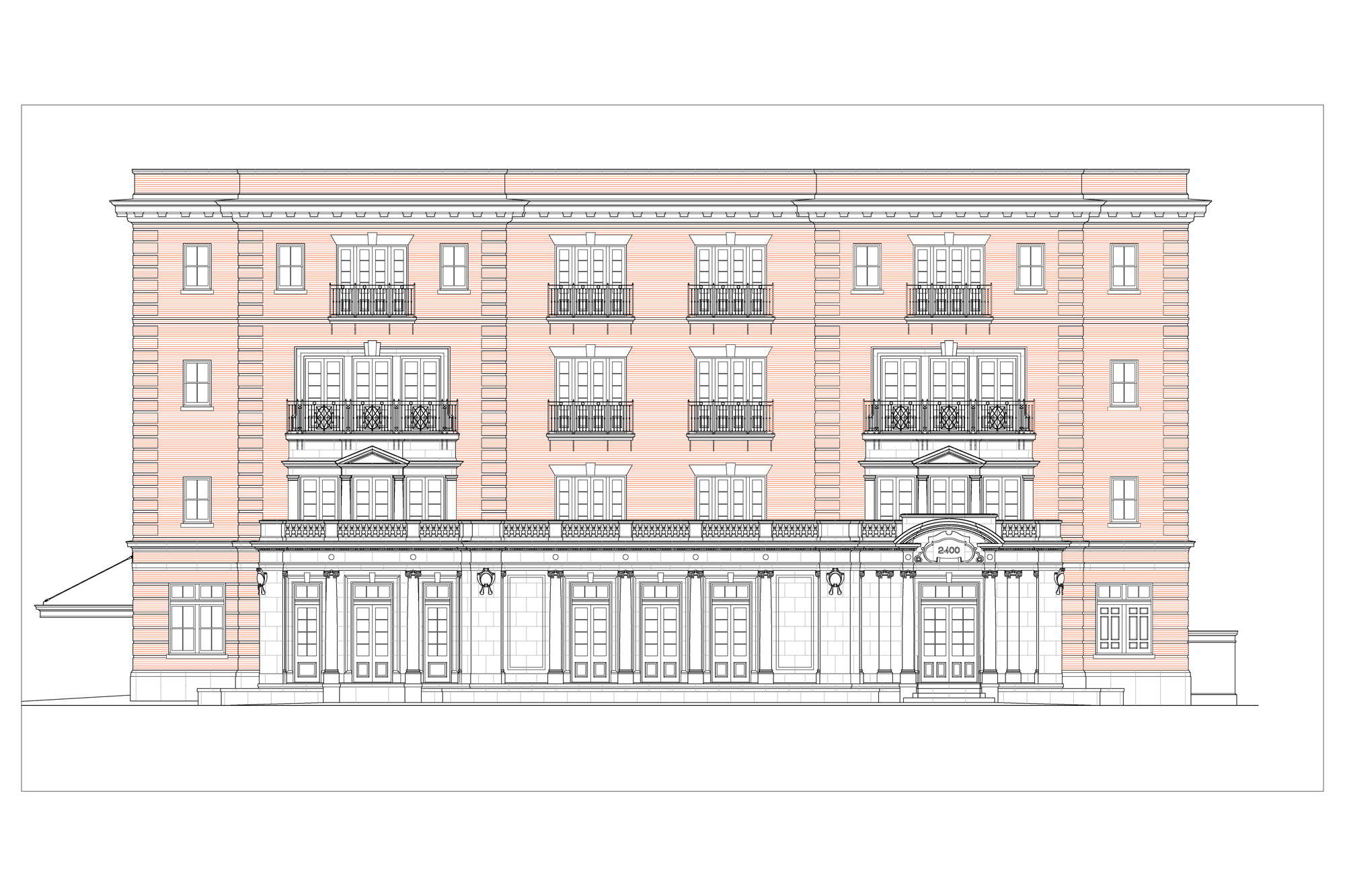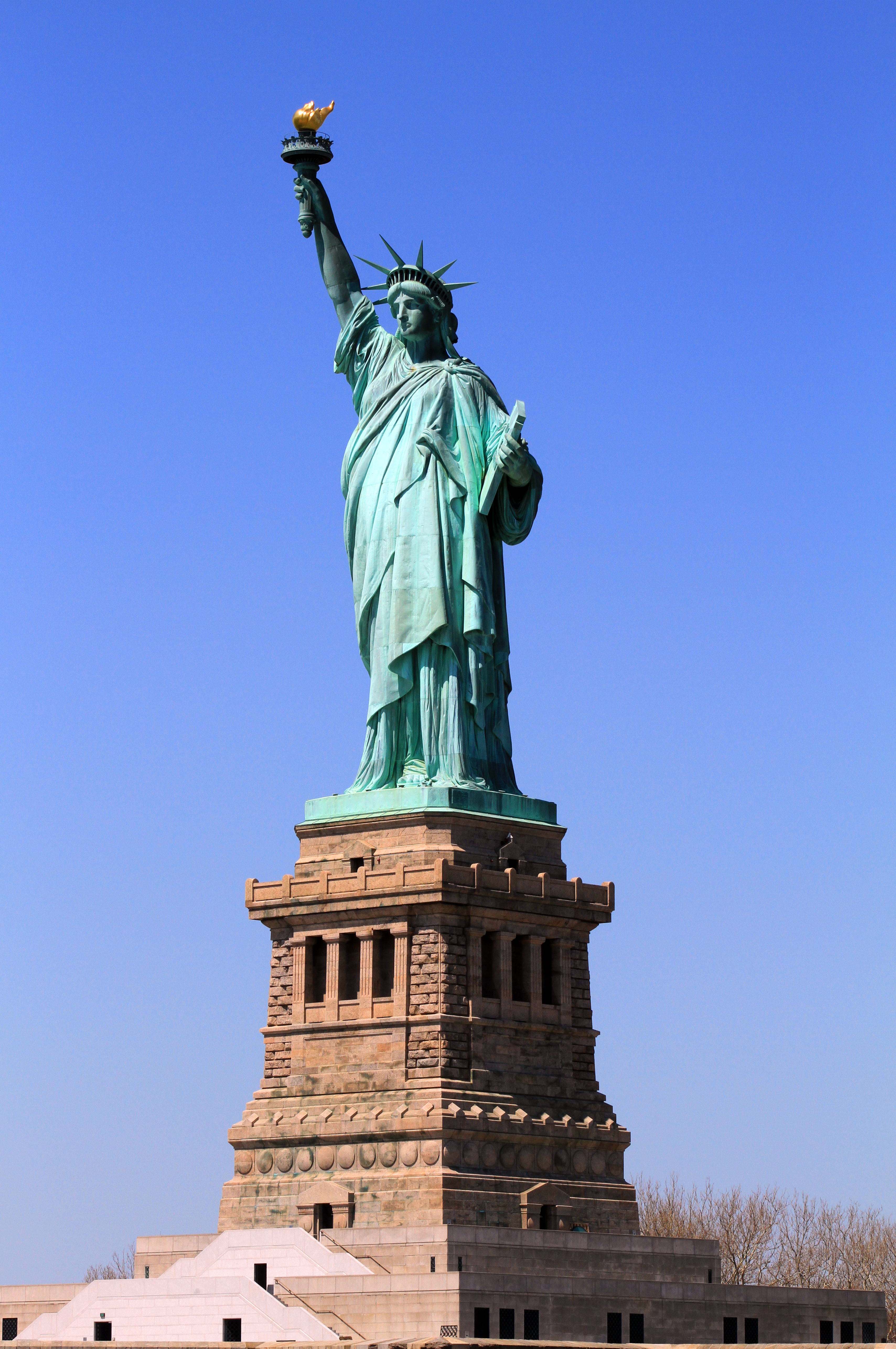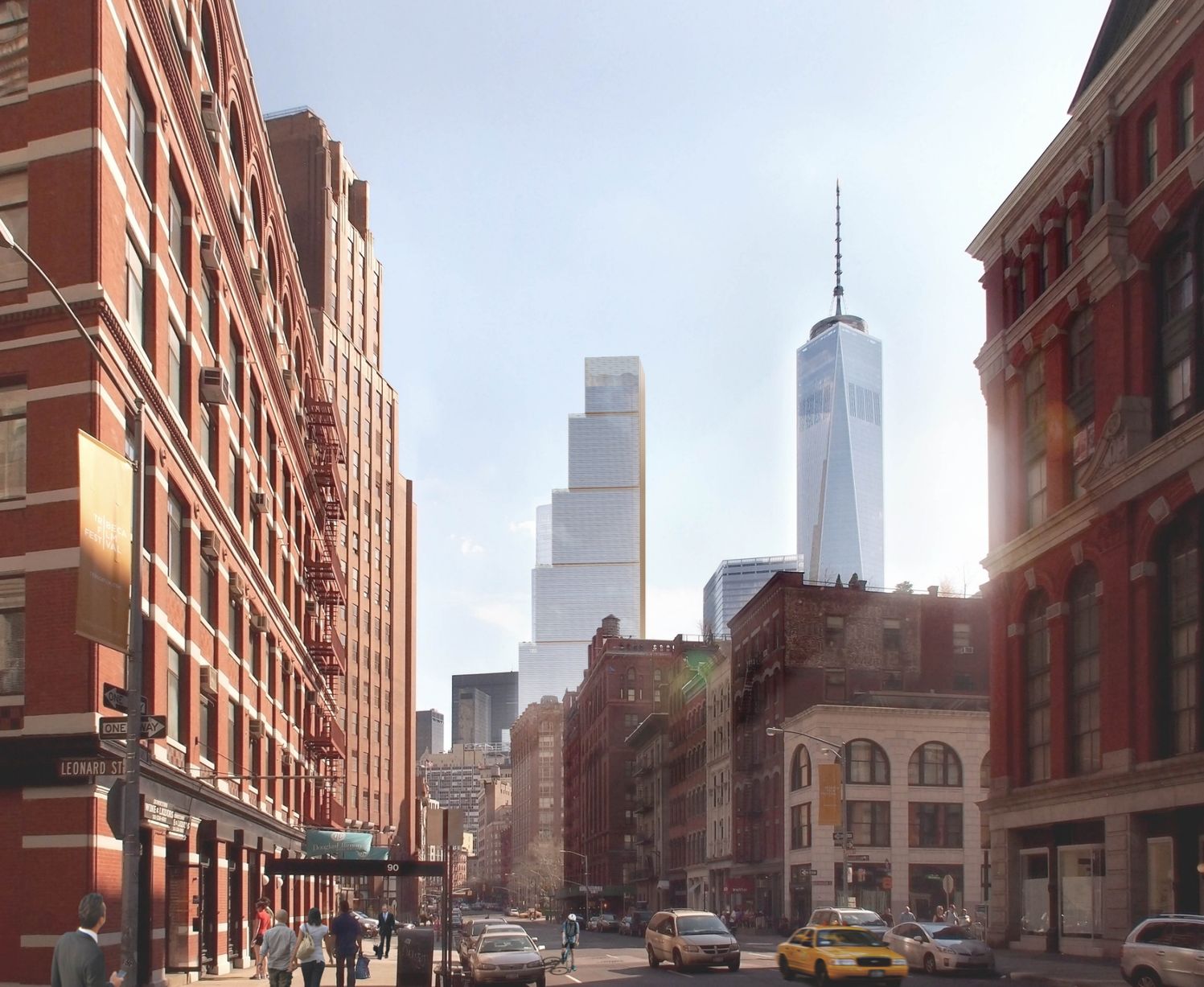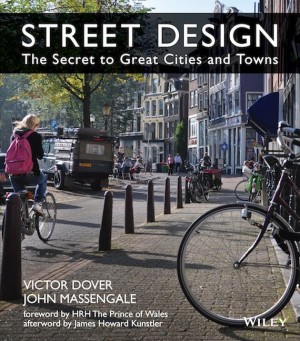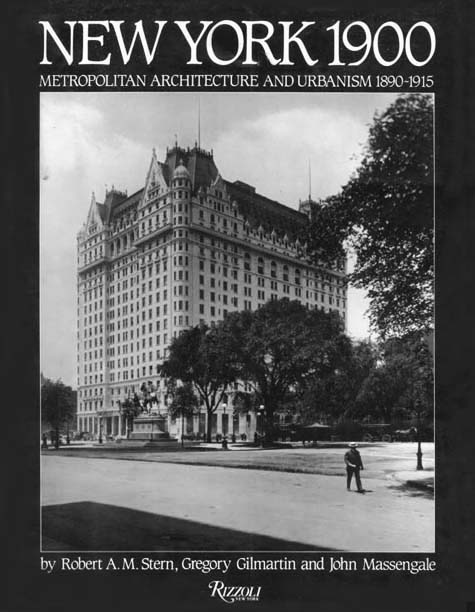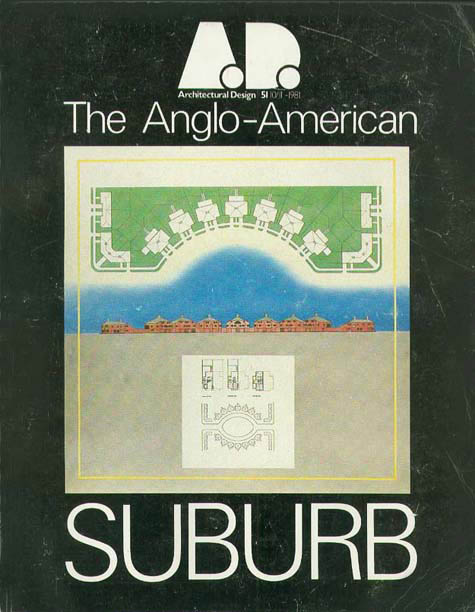POSTSCRIPT: When the highest profits in a market like New York’s come from 1) converting affordable rental housing into housing for sale that buyers use for investment and speculation, and from 2) building housing for the rich and the super-rich, there is no logical reason to say deregulating the market will bring affordable housing.
In a market that does not have a sudden imbalance of wealth and a large new group of buyers, the libertarian supply and demand argument might apply. But when a tiny group of people who own half the wealth in the world suddenly focus on a market that is already booming without them, the traditional supply and demand is no longer the problem. Every year, more and more affordable rentals are removed from the market, while building costs and land prices become too high to create new affordable rentals without subsidies, regardless of demand.
IN RESPONSE TO:
“What’s the Matter With San Francisco?”
“The city’s devastating affordability crisis has an unlikely villain—its famed progressive politics.”
Gabriel Metcalf, Jul 23, 2015, 184 Comments
I wrote:
Like some other commenters here, I think there is a fatal flaw in this argument. I have to qualify that by saying that I’m not familiar with the current housing market in San Francisco, but I am familiar with the market in New York City, where I live, and London, where my brother lives.
The fatal flaw is in thinking that the market will build housing for the middle class and blue collar workers and families if government just gets out of the way. New York and London show a different history, and I suspect there are similar factors at play in San Francisco.
The problem in New York actually started not with global capitalism, which distorts the local market in “global cities,” but with the widespread conversion of rental apartments to condominiums and co-ops, which began back in the 1970s. At that time, when the New York market was weak, there was no price difference most of the time between rent-stabilized prices and market-rate prices (of course there were exceptions, created by people who had occupied rent controlled apartments for decades, but they were the exceptions).
Continue reading →


